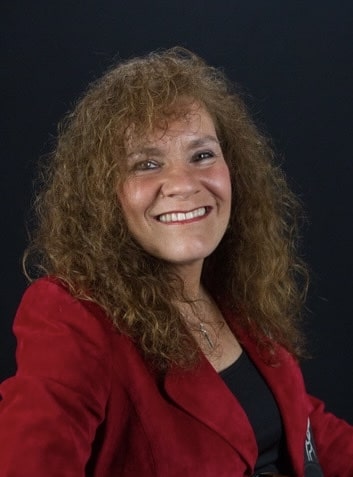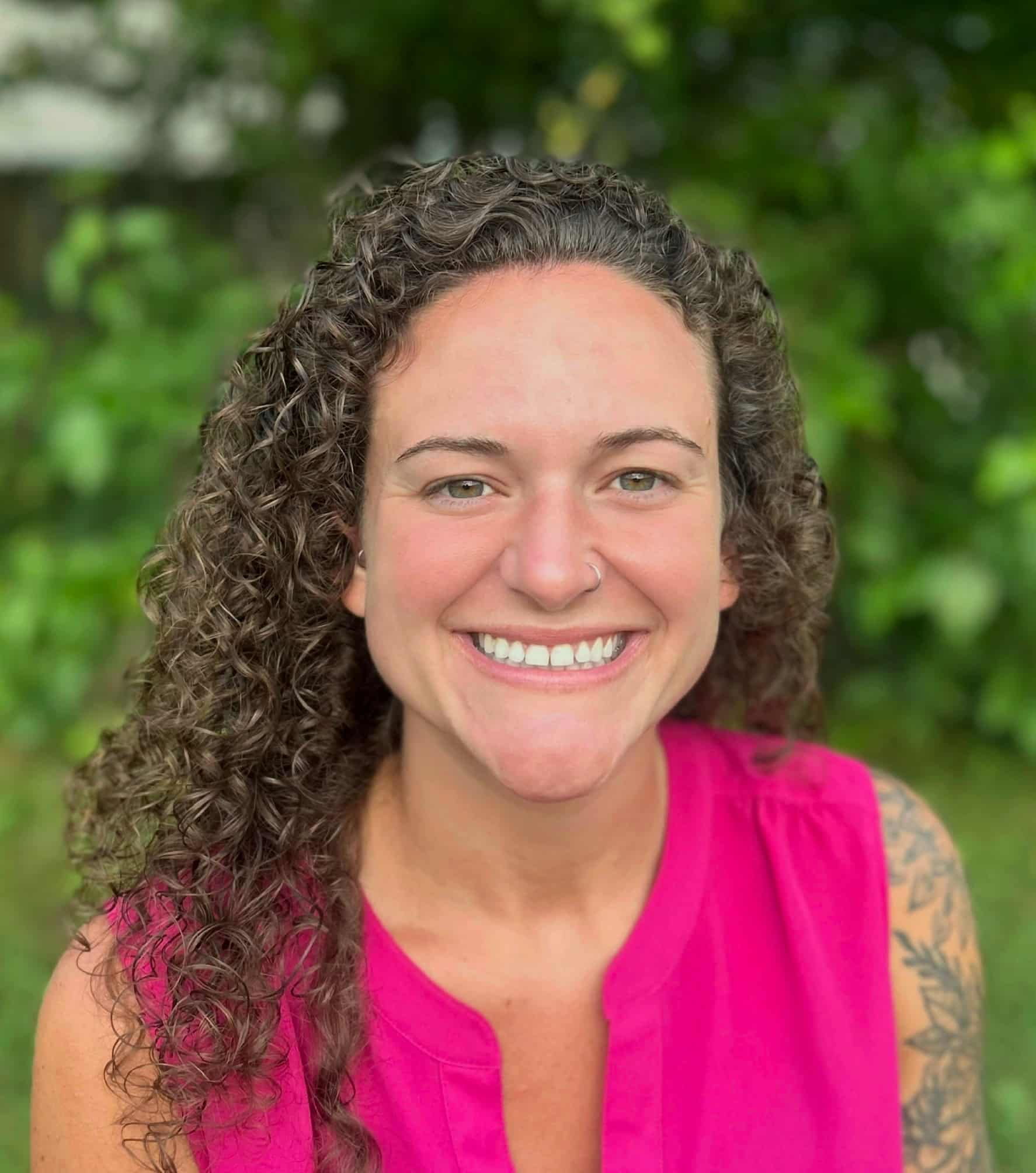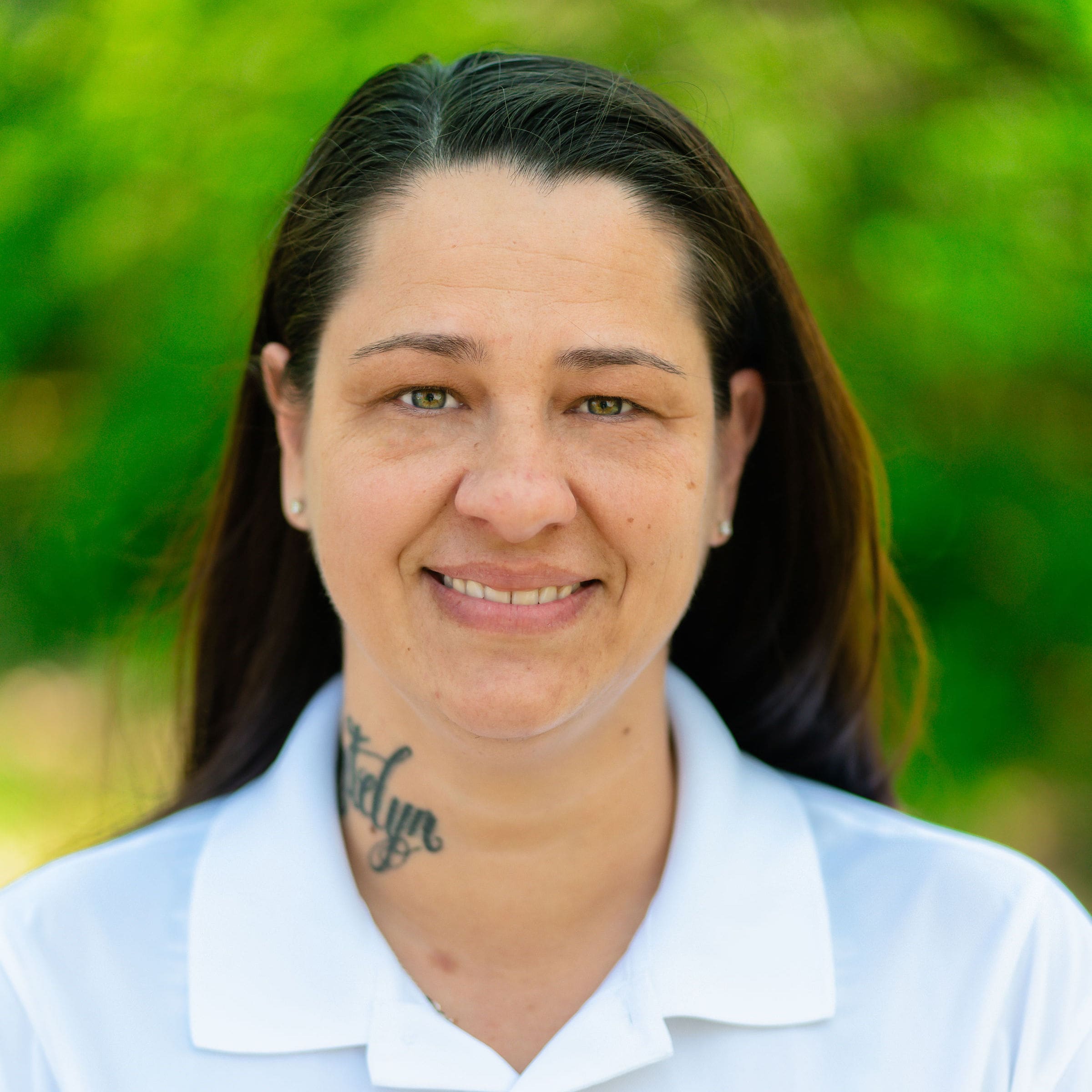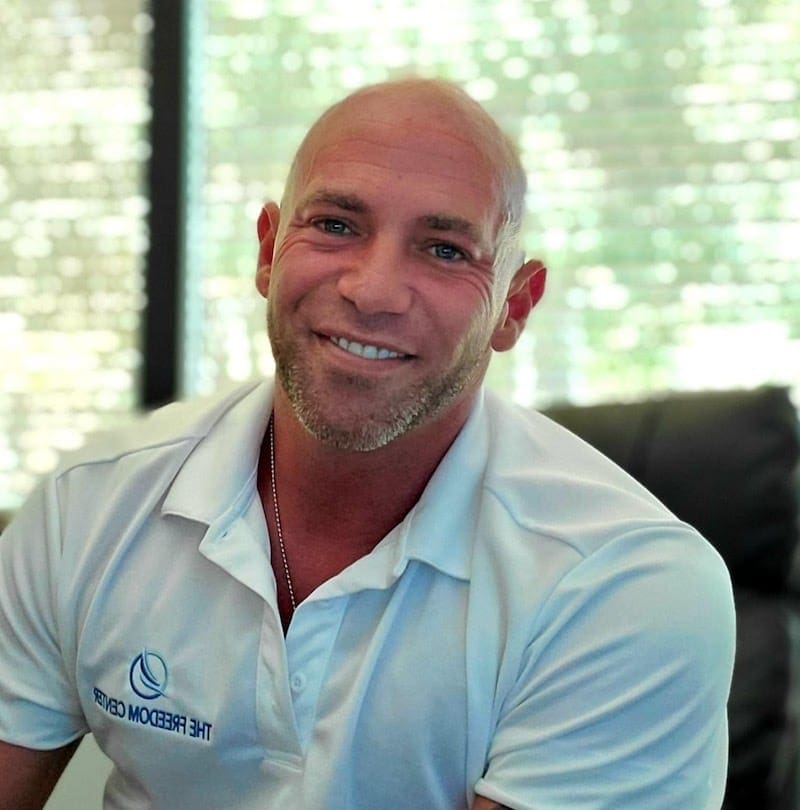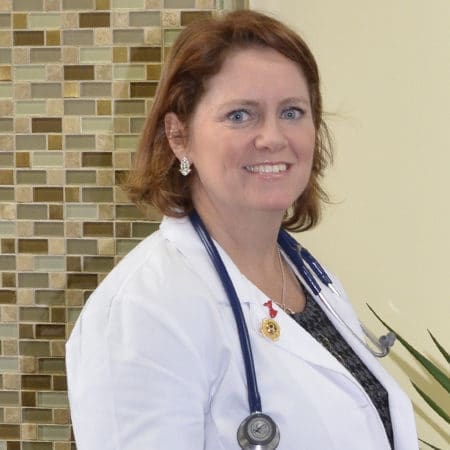Millions of women around the world grapple with the complexities of addiction. It’s a battle that often goes unseen, shrouded in shame and stigma. Understanding the gender-specific complexities of addiction is crucial for developing effective prevention, treatment, and recovery strategies for women. As we approach National Women Touched By Addiction Day on July 23rd, we want to highlight women’s unique challenges.
Prevalence and Statistics on Addiction in Women
Recent data indicates that women constitute approximately one-third of individuals with substance use disorders (SUDs). While men still show higher overall rates of addiction, this gender gap is narrowing, particularly among younger demographics.
The 2019 National Survey on Drug Use and Health revealed a concerning trend: females aged 12-17 were more likely than their male counterparts to report having a SUD in the past year (5.0% vs. 4.0%).
This shift in prevalence rates highlights the growing need for gender-specific approaches to addiction prevention and treatment, especially considering that women often progress from first use to addiction more quickly than men, a phenomenon known as “telescoping.”
Moreover, while men may have higher rates of illicit drug use, women are more likely to turn to prescription drugs for non-medically use, particularly opioids and anti-anxiety medications. This trend is partly attributed to women being more likely to be prescribed these medications in the first place, often for legitimate medical reasons.
Unique Factors Contributing to Addiction in Women
Women with SUD experience addiction in different ways than men, with the following factors playing an important role.
Biological and Hormonal Differences
Due to differences in body composition, including higher body fat percentages and lower water content, women often experience more intense effects from alcohol and certain drugs at lower doses than men. Hormonal fluctuations throughout the menstrual cycle can also influence drug cravings and the intensity of withdrawal symptoms.
Psychological Factors
Women with SUDs are more likely to have co-occurring mental health disorders, with depression, anxiety, post-traumatic stress disorder (PTSD), and eating disorders being the most common. Additionally, women are more likely to report using substances to regulate negative emotions or cope with stress.
Social and Environmental Influences
One of the most significant differences in women’s substance use patterns compared to men is that substance use is often deeply embedded in women’s interpersonal relationships. Many women initiate drug use with a romantic partner, and their partner’s habits may influence their continued use.
This relational context of substance use can make it more challenging for women to seek treatment or maintain recovery if their close circle continues to use it after playing a role in getting them to start using substances.
Societal expectations and gender roles also play a part. Women may feel pressure to maintain multiple roles – as professionals, caregivers, and partners – leading to stress that can contribute to substance use.
The stigma surrounding addiction is often more pronounced for women, potentially deterring them from seeking help due to fear of legal or social consequences, mainly if they are pregnant or parenting.
A History of Trauma
Women with SUDs are more likely to have a history of emotional, physical, or sexual trauma. Transgender women, in particular, experience higher levels of trauma and violence. Regardless of gender identity, women with SUDs have often experienced domestic violence or neglect or witnessed abuse during childhood, which may trigger substance use to cope with emotional pain and distress.
Common Substances Abused by Women
While women may misuse any substance, certain types are more prevalent. These are the substances women with SUDs use.
Alcohol
Approximately 8.8% (12.6 million) of women 12 and older had alcohol use disorder in the past 12 months, according to the 2020 National Survey on Drug Use and Health. Concerningly, women are particularly vulnerable to the health effects of alcohol, developing liver disease and other alcohol-related health problems more quickly than men.
Pain Relief Drugs and Illicit Opioids
Approximately 3.6% (5.1 million) of women misuse pain relief prescription opioids, with the two most common sources being their healthcare providers (through prescription or stealing, though stealing is very rare) and close social circles. Oxycodone, codeine, and hydrocodone are the most commonly misused prescription opioids. Additionally, around 435,000 women misuse heroin.
Psychotherapeutic Drugs
Approximately 6% (8.6 million) of women misuse psychotherapeutic drugs such as sedatives and anti-anxiety medications. Women are more frequently prescribed benzodiazepines and may develop dependence more quickly than men.
Stimulants
Approximately 0.9% (1.3 million) of women misuse methamphetamines. Some women use stimulants for weight loss or increased energy, particularly those juggling multiple responsibilities.
Marijuana
Approximately 16% (22.9 million) of women 12 and older used marijuana in the past 12 months. This tracks the trend of women’s marijuana steadily increasing, with many using it for stress relief, pain management, recreational purposes, anxiety management, insomnia, and other health-related issues.
Mental Health and Co-Occurring Disorders
According to the 2020 National Survey on Drug Use and Health, approximately 9.5 million women 18 and older have co-occurring mental illness and SUD. Common co-occurring disorders include:
- Depression: Women with SUDs are twice as likely to have major depression compared to men with SUDs.
- Anxiety disorders: Generalized anxiety disorder and panic disorder are particularly common.
- PTSD: Many women with SUDs have histories of trauma, including childhood abuse and intimate partner violence.
- Eating disorders: There’s a strong correlation between eating disorders and substance use, particularly with alcohol and stimulants.
This high prevalence of co-occurring mental health disorders in women with SUDs requires integrated treatment approaches. These treatments address both substance use and mental health simultaneously and are crucial for adequate recovery.
Barriers to Addiction Treatment for Women
Women face unique obstacles when seeking addiction treatment, including the following:
- Social stigma and shame: The stigma surrounding addiction is often more intense for women, particularly mothers. This can lead to intense feelings of guilt and shame, deterring women from seeking help.
- Family responsibilities and childcare: Women are often primary caregivers for children or other family members. Many treatment programs don’t accommodate children, making it difficult for mothers to enter treatment.
- Financial and accessibility issues: Women may have limited financial resources or lack transportation to treatment facilities. They may also need more access to employer-sponsored health insurance.
- Fear of legal consequences: Pregnant women or mothers may fear legal repercussions or involvement of child protective services if they admit to substance use.
- Lack of gender-specific treatment options: Many treatment programs are not designed to address the specific needs of women, including trauma-informed care and reproductive health services.
Recovery and Support Networks
Women with addiction require integrated treatment plans that consider their unique needs and address them together. This may involve a combination of pharmacotherapy, psychotherapy, and holistic approaches tailored to each woman’s needs.
Women with addiction benefit from treatment programs that incorporate:
- Trauma-informed approaches: Effective SUD treatment for women involves a trauma-informed approach, focusing on immediate skill-building for coping with trauma or PTSD. Treatment may include removing women from unsafe environments revealed during assessment.
- Treatment for co-occurring mental illness: Integrating support for mood and eating disorders is crucial.
- Relational support: Through group therapy, women can learn to repair social networks and involve family in their recovery when safe and beneficial.
- Appropriate medications for opioid use disorder: Research suggests buprenorphine may offer better outcomes than methadone for pregnant women with opioid use disorder, including lower risk of preterm birth, higher birth weight, and less severe neonatal abstinence syndrome.
Given women’s higher vulnerability to social stigma, it may also be valuable to visit gender-specific support groups, which provide a safe space for women to discuss their unique challenges among those who understand them best.
By addressing these unique factors and providing comprehensive, gender-specific support, we can improve outcomes for women struggling with addiction and support their journey to lasting recovery.
Be Part of National Women Touched By Addiction Day
Addressing the complexities of addiction in women requires a multifaceted approach that considers biological, psychological, and social factors. By recognizing the unique challenges women face and developing gender-specific treatment strategies, we can improve outcomes and support women on their journey to recovery.
As we observe National Women Touched By Addiction Day, let’s commit to raising awareness and advocating for better resources and support for women struggling with addiction.










